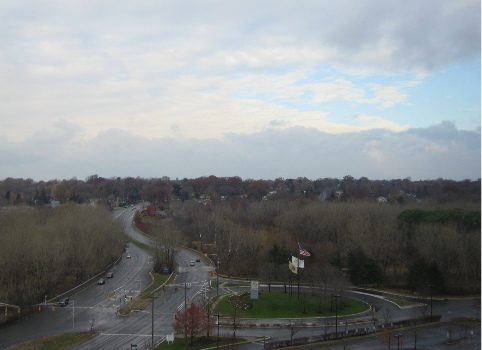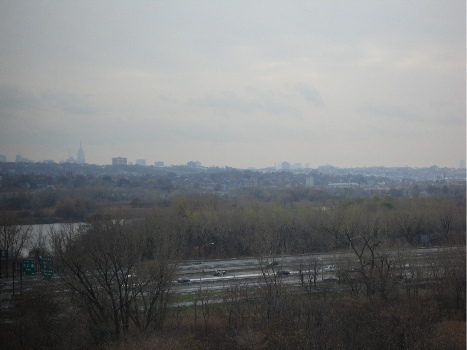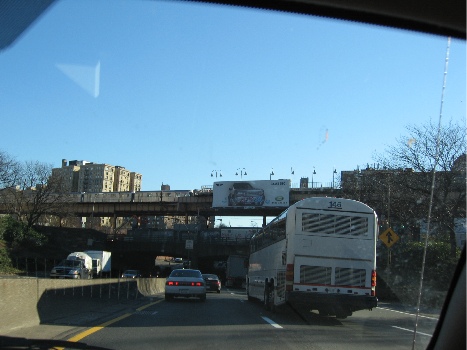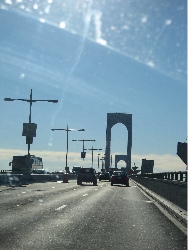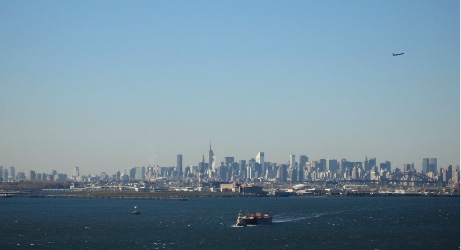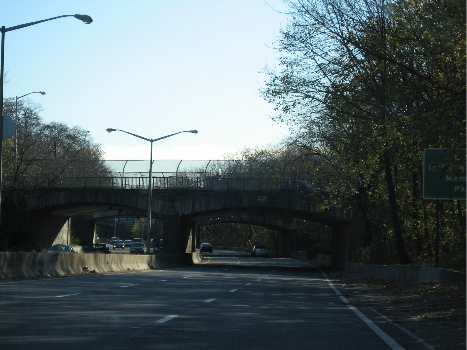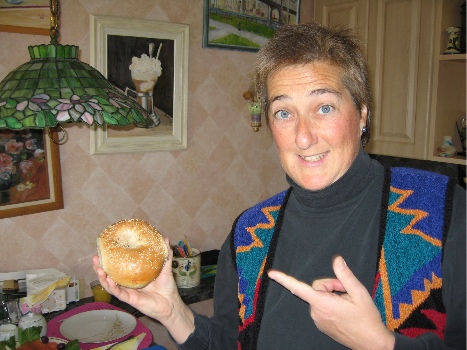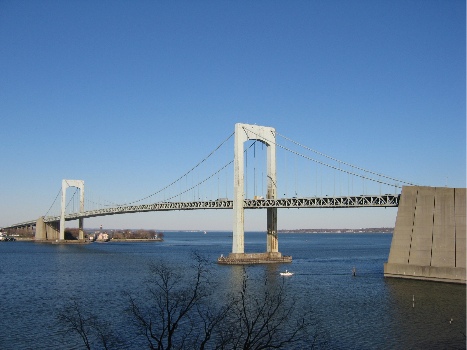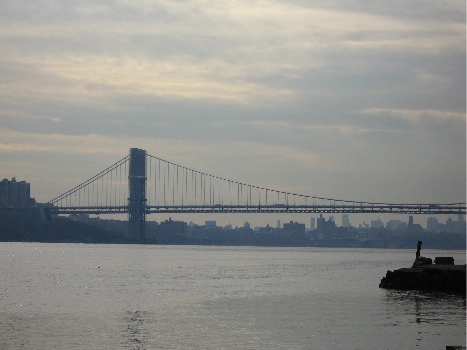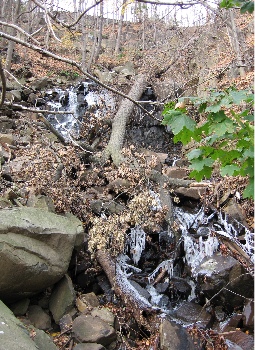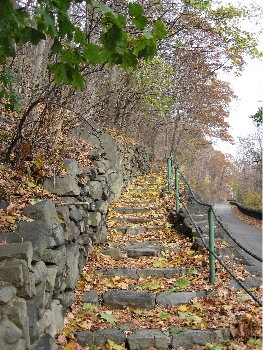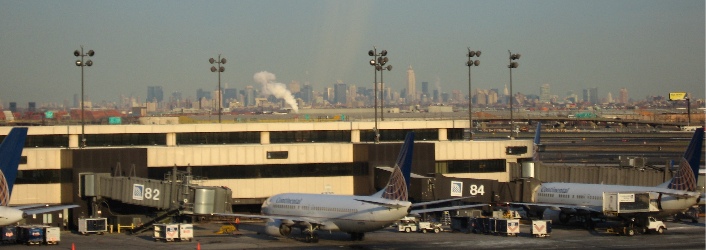We spend three hours on horseback, enjoying perfect weather.
Mike and I have two quarter horses. Jake, a retired ranch horse, is now about 24 years old and is starting to show his age. He’s sorrel (that’s brown) with some white on his feet. He’s also swayback — that means that the place you put his saddle is way lower than it should be on a normal horse — Â and has very high withers. Mike bought a special saddle pad for him and then had his saddle custom made to fit the horse. I got Jake for a good price and I think I know why. He’s an alpha male and likes to boss around the other horses he lives with. He’ll bite them and chase them and generally annoy them. That must have really been a nuisance for his previous owners, so they sold him off. But he’s an excellent horse, serious about work, and can be ridden by almost anyone at all. As far as I’m concerned, he was a bargain.
Cherokee, is another story. Cherokee’s main problem is that he’s beautiful. He’s a paint horse, brown and white, and his face is just so pretty, with big gentle eyes and a forelock that’s just the right length. He was 11 when I bought him six or so years ago, and he’d already had at least three previous owners. They evidently spoiled the hell out of him because when I got him, he was lazy, poorly trained, and extremely spooky. That horse taught me more about staying in the saddle during a Cherokee-style rodeo than any other horse I’ve ridden (or fallen off of). To add insult to injury, he cost more than I should have paid. But like his previous owners, I was suckered in by his good looks.
Jake and Cherokee have completely opposite personalities. Jake was always very standoffish — he didn’t really want anything to do with people on his time off. His definition of time off was any time there wasn’t a lead rope or saddle on him. Cherokee is incredibly friendly and curious and loves to be petted. When Jake is ready for work, he works. He’ll do anything you tell him to. When Cherokee is saddled up and ready for work, he’ll do everything he can to get out of doing it. While they both like to be fed treats, Cherokee will actually beg for them. At least that’s what it looks like to me. And if you’ve been reading these blogs for a while, you’ve probably seen the photo of him eating dropped bird food out of the bottom of Alex’s cage.
Cherokee is a big eater and it shows. He’s fat. Jake’s thin. Now if you recall what I said about Jake being the alpha male and consider that they both share the same space, you might wonder how it is that Jake can’t scare Cherokee away from the food. It isn’t like he doesn’t try. He puts his ears back (a horse’s way of saying “f*ck off”) and chases Cherokee. He even bites Cherokee once in a while, putting three or four rows of parallel teeth marks on that beautiful coat. But Cherokee is accustomed to his place at the bottom of the pecking order and is very stubborn. He also eats very fast. So as Jake ages and seems to get thinner and thinner, we’ve taken to separating them at dinner time and overnight, giving Jake more food than he can eat and plenty of time to eat it. Cherokee, of course, doesn’t like this, and after he gobbles up his food, spends the rest of the night pacing around outside the gate to Jake’s enclosure. Over the years, they’ve both changed a bit. Jake is now more friendly. Although his previous owners probably hit him in the face (he was very hand shy when we first got him), he now lets us pet him, even around his head. Cherokee has calmed down and isn’t afraid of rabbits anymore, so I haven’t had any rodeo practice lately. He’s also been trained to walk when I tell him to — without the use of a riding crop! — and to let me position him so I can open and close gates while on horseback. And a few years back, they both posed for a Christmas photo, wearing antlers on their heads.

Christmas Horses
Anyway, yesterday Mike and I went for a long horseback ride out in the desert. The horses seemed very pleased about going. Of course, when we got to the top of the hill, Cherokee thought we were going to Uncle Pete’s house. That’s where they stay while we’re away and I think he spoils them. When he realized we were turning left instead of right, heading down the trail instead of down the road, he did some Cherokee dancing. In the end, he just followed Jake, like I knew he would.
We live on the edge of town, about two lots from state land. So we normally saddle up and ride out from our house. We have two choices for a ride in the desert: turn down Cemetery Wash, which runs through our property, and take that or any of the trails that go into it or ride up the easement road from our house just past our neighbor’s house on 328th Avenue to a trail that goes right into the state land. We usually follow the second route, since there are far more trails closer to our house when we go that way. That’s also the same trails that the wranglers at Rancho de los Caballeros use for rides, so most of the trails are well worn in — perhaps too worn in in some cases — and easy to follow.
Jack the Dog came with us, of course. Jack likes to go horseback riding. He doesn’t ride a horse. He just runs along on the trail in front of us, chasing rabbits and birds. We realized that he liked horseback riding more than us when we sent two of our friends out for a ride on our horses and he went with them instead of coming back up to the house with us.
We went through the gate in the fence that separates state land from private property. The fence is there more to keep cattle out of people’s back yards than to prevent people from coming in or out of the state land. It also helps keep quads off the horse trails, although it doesn’t help enough. Every once in a while, a couple of quads will get in there and tear up the narrow trails with their wide wheels. There are so many places the quad riders can ride in town — hell, the hills are just criss-crossed with old mining roads and surrounded by sandy washes. Why do they insist on ruining the horse trails and going through people’s private property?We took the “golf course trail” west along the edge of the state land to Los Cab’s golf course, then we turned south to go around Los Cab’s property. We passed through another gate and followed a trail we’d followed a hundred times toward the west again. Spotting a new trail, we took that toward the east, climbing a small ridge that offered nice views of Los Cab. Then back down onto familiar trails, heading west again.
We spent three hours mixing old trails that we knew well with new trails. More than once, we were on trails I’d never been on before. And we wound up going a lot further southwest than we thought we were. I won’t say we were lost — that’s too strong a word — but at one point we were definitely not where we thought we were.
The ride was wonderful. Cherokee had settled down into a good pace and wasn’t the least bit jumpy. Jack chased rabbits and even a few deer. The temperature was perfect: warm enough that a long-sleeved shirt was fine without a jacket. There was some wind on the hills, but the air was quite still near the ground. We found one trail that took us high up onto a mountain, with incredible views of the town far below us, to the northeast. And we didn’t pass another soul.
It was the first time I’d been out for a good, long ride in a while. I’ve been so busy lately with work on my books, building up the helicopter business, and doing flights that I just haven’t had time to ride. And I seem too good at making excuses: it’s too hot, too cold, too windy, too early, too late. Sheesh. I’m an excuse machine when it comes to riding. I think that the truth of the matter is that I’m just too lazy to saddle up. But the reality is that it really isn’t that much work and it’s worth every minute once you get out into the desert on a nice trail.
I’d like to find a riding partner here in town who’d be willing to ride one day a week for about 2 hours. Sometime around noon or early afternoon. But it seems that few of the new people coming into town have horses and many of the ones who do prefer riding with big groups, so they can show off their riding clothes, saddles, and horse’s grooming. I like to ride in small groups, with people who don’t fuss about the terrain being too steep or rocky, with people who know how to control their horses, with people who have enough sense to wear the right clothes and bring enough water for the ride.
Anyway, there are two things about yesterday’s ride that I regret: 1) I didn’t bring my camera. How stupid is that? There were lots of photo ops and I think this entry would have been a lot more interesting with photos. 2) I didn’t bring my GPS. A few years back, I’d started a trail mapping project. Now I’m determined to finish it. And with 3 hours worth of riding yesterday, I could have mapped a lot of trails.
Anyone out there want to go riding on Wednesday afternoons? Get in touch. Experienced riders only, please. And don’t worry; I have a spare horse if you need one.

